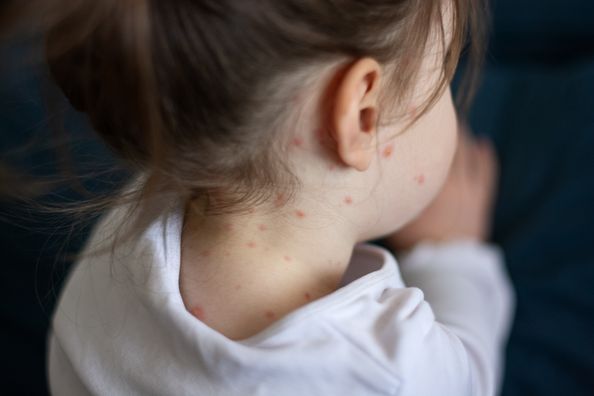Did you know that when skin cancer is detected early, the 5‑year survival rate for melanoma is 99%? Understanding the risk factors, warning signs and steps for identifying melanoma is the best way to detect this skin cancer early when it is most treatable.
What is melanoma?
- Melanoma is a cancer of the melanocytes, pigment-producing skin cells.
- It most commonly occurs on the skin; however, may also be found in the eyes, ears, GI tract, central nervous system, and the oral and genital mucous membranes.
- Melanoma is the most common cancer in women aged 25 – 29 years and is second only to breast cancer in women aged 30 – 34 years.
- This cancer is more likely to occur in areas that are less often exposed and more frequently burned, such as the backs of men and the legs of women.
- Melanoma can be fatal if it is neglected; therefore, early detection and prompt removal of melanoma can save a life.
- While Melanoma is rare in people of color, they are 4 times more likely to be diagnosed with advanced stages of skin cancer.
What are skin cancer risk factors?
- If you are older than 20 years of age, especially if you are over 60
- Having 5 or more sunburns doubles your risk for melanoma
- A fair complexion, inability to tan, and a history of sunburns, especially blistering sunburns
- Numerous moles, changing moles, or a history of atypical moles
- A personal or family history of Melanoma (first-degree relative)
What are the warning signs of melanoma?
- New, changing, or unusual moles (Most moles appear by age 30, but adults can develop new ones throughout adulthood)
- Moles that become symptomatic (itching, burning, painful)
- An initial slow horizontal growth phase (the mole appears to grow wider on the skin’s surface). If untreated, this will be followed by a vertical growth phase which indicates invasive disease with potential metastasis. The prognosis is based on the thickness of the tumor
Where should I look for skin cancer?
When checking for melanoma, it’s important to examine your entire body, as skin cancer can appear anywhere, not just in areas exposed to the sun. Here’s a general guide on where to look:
- Face, Head, and Neck: Including the scalp, which can be checked by parting your hair in sections. Don’t forget behind your ears and the back of your neck.
- Upper Body: In the mirror, check the front and back of your body, as well as the sides under your arms.
- Arms and Hands: Look at the tops and undersides of your arms and hands, including between the fingers and under the fingernails.
- Legs and Feet: Examine all sides of your legs, and remember the feet, the soles, and the spaces between your toes and under your toenails.
- Back and Buttocks: Use a hand-held mirror to check areas that are hard to see, like your back and buttocks.
- For individuals with darker skin tones, melanoma can appear on non-exposed areas such as the palms, soles, under fingernails or toenails, and inside the mouth or nose.
Perform a Monthly Self Skin Examination
It’s important to check yourself or have your partner check your skin, on a monthly basis. This will help you familiarize yourself with the moles and marks on your skin and more easily identify any new changes or growths. Check for the ABCDEs of Melanoma:
ABCDEs of melanoma detection
“A” is for Asymmetry- A mole in which one half does not match the other
“B” is for irregular Borders- A mole with a scalloped or poorly defined borders
“C” is for Color — A mole that consists of multiple shades of black, brown, white, red, and/or blue
“D” is for Diameter — A mole that has a diameter larger than that of a pencil eraser (approximately 6mm)
“E” is for Evolution — A mole whose size, shape or color changes over time. Evolution is the most important ABCDE you can look for during an at-home self-skin examination. Notify your dermatologist for any mole you believe has been evolving or changing.
See your dermatologist and report any lesion that has changed from your previous appointment or is bleeding or not healing, especially if it lasts longer than one month.
Don’t forget! Apply broad-spectrum SPF 30 or greater to all exposed areas of skin daily. Reapply every 90 – 120 minutes when outside. Wear hats, sunglasses, and Ultraviolet Protection Factor (UPF) clothing.
If you are due for your annual skin exam or find a suspicious spot, schedule an appointment online with a dermatologist near you.
Health Topics:







